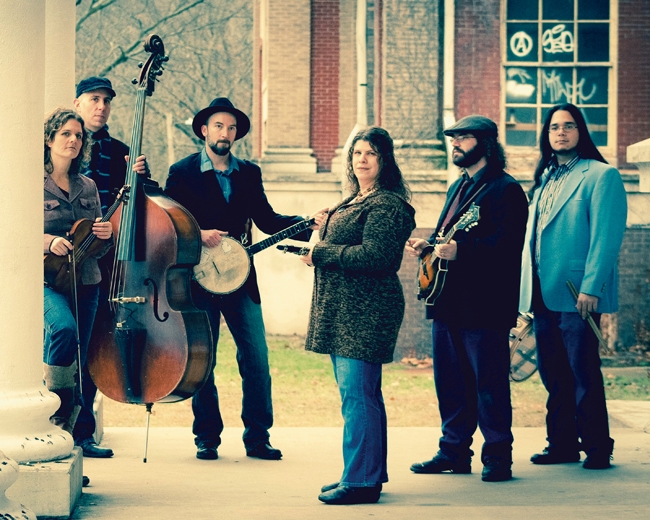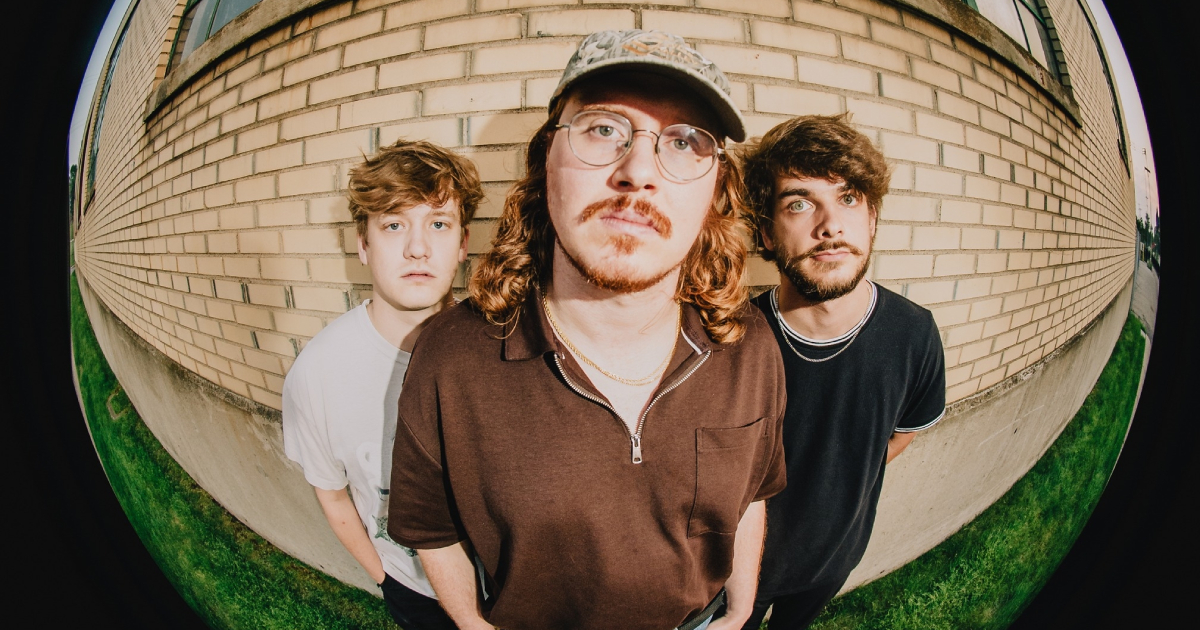Seth Bernard attended his first folk festival at four years old, which explains his why he's a leading figure of the booming Michigan roots music scene. Coming from a musical family, Bernard spent a large part of his youth soaking up the spirit of traditional arts.
"The music and the community we have now was very much inspired by the collaborative and cooperative principles that those festivals were founded on," he said.
Artists like Bernard, May Erlewine, Lindsay Lou and the Flatbellys, The Fauxgrass Quartet and Greensky Bluegrass are among the popular acts in West Michigan's live music scene, and their success stems in part from the way both established and emerging Michigan folk festivals work to preserve of roots music community culture.
Folk festivals are typically smaller in size and feature primarily acoustic instruments, creating an intimate atmosphere. Wheatland, which celebrates its 40th anniversary this fall, began humbly in the early '70s as a way for music enthusiasts to connect and raise money for the Mount Pleasant Food Co-Op. The inaugural Wheatland, held in 1974, was orchestrated by a group of less than a dozen people and drew a crowd of 700 that watched as musicians performed on flatbed trailers. Now, the festival draws more than 10,000 attendees to a much larger festival site.
"We don't spend a lot of time making sure everybody's doing what they're supposed to do," said Marilyn Hummel, secretary of Wheatland Music Organization's Board of Directors since 1976. "It just happens because we believe so strongly in the benefit of what we do."
Blissfest, the state's other premier roots music festival, has a strikingly similar backstory. Beginning in 1981, it was a simple gathering of folk musicians and traditional arts enthusiasts. It soon grew to a multi-stage weekend event that mirrors Wheatland's dedication to community, variety and quality. Over the years, both festivals have expanded their lineups to include a more diverse array of folk music from around the world.
"We go from blues to Cajun to folk to everything," Hummel said. "If [people] don't like a particular kind of music, they can always go to a different stage and find something they do like."
For older festivals, the key to sustainability lies in communal organization and dedication to preserving the legacy of traditional arts. They rely heavily on volunteers, as well as lean on and support local farmers, businesses, artists, arts instructors and community organizations to bring more to the festival experience than just music.
In addition to the 'big two,' the state is a veritable gold mine of folk festivals. Some, like Hoxeyville Music Festival near Cadillac and the Nor'East'r Music and Art Festival in Oscoda County, are relatively new on the scene, but are building on the model of community set forth by their predecessors, showing growth every year. Other festivals, like Farmfest in Johannesberg and Spirit of the Woods Folk Fest in Brethern, have been around for a while, but chose to remain smaller.





